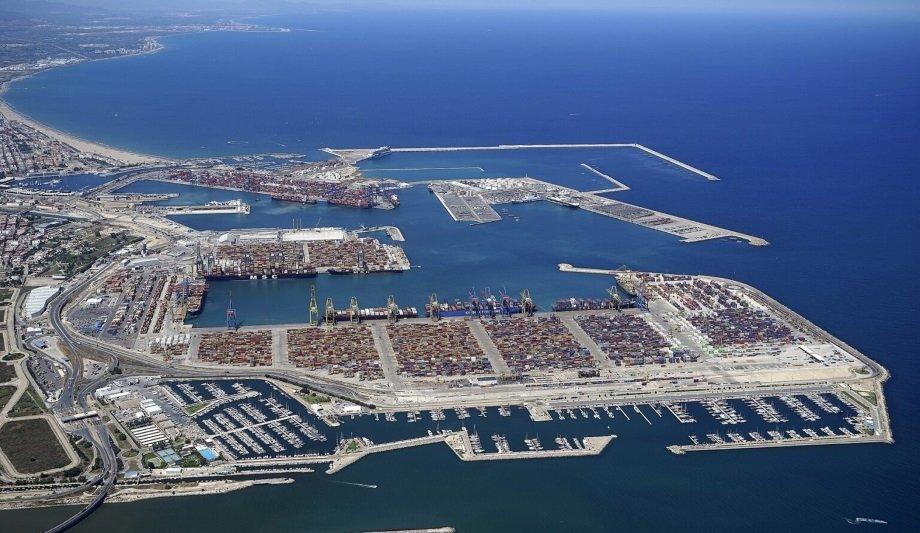The ‘zero emissions’ port stay is getting closer and closer in the city of Valencia. Valenciaport has put out to tender the construction of the first of the two planned electrical substations which will enable the ships berthed at the Valencian docks to switch off their engines and connect to the electricity grid, thus ceasing to consume fossil fuels and, therefore, to emit CO2 into the atmosphere.
Furthermore, this infrastructure will make the Valencian port even more efficient as it will guarantee significant reductions in operational costs for ships calling at the port.
Supplying green energy
Specifically, the works for the new electrical substation that are now going out to tender have a planned investment of 11 million euros and a completion period of 24 months.
This infrastructure is expected to be responsible for supplying green energy
This infrastructure is expected to be responsible for supplying green energy to the first OPS electrification project, which will be located on the Transversal de Costa-MSC quay. The Port Authority of Valencia (PAV) is thus making progress in its bid to become a zero-emissions site. An objective which, in the case of Valenciaport, goes further and is 20 years ahead of the European Green Pact, to move from an eco-efficient port to a completely green port by 2030.
Reducing gas emissions
According to Federico Torres, head of Ecological Transition of the PAV, “Valenciaport is working to electrify the entire port area, thanks to this award, the substation will provide green energy to the docks closest to the city, which will be the first to be electrified and this will benefit the surrounding residents by reducing gas emissions and noise.”
The substation that Valenciaport is putting out to tender is a 132/20kV (kilovolt) indoor GIS type and will have two 55 MVA (megavolt-ampere) rated power transformers. This infrastructure will have the capacity to meet the new power supply increases that will foreseeably be necessary given the evolution of the sustained increase in activity at the Port of Valencia. The connection to supply 132 kV voltage to the new substation, which is connected to the La Punta ST station, is now ready.
Combating climate change
The electrification of the terminals is one of the actions being carried out by the important port facilities
The electrification of the terminals is one of the actions being carried out by the world’s most important port facilities and is in addition to the commitment being made by maritime transport to reduce emissions and combat climate change with specific actions. In this context, work is being done to make the reduction of the impact of port activities on the environment compatible with the growth of commercial activity.
To this end, in addition to the electrification of the docks, projects are being carried out such as the use of hydrogen in port facilities, the implementation of photovoltaic panels or the use of wind turbines to obtain electrical energy.
North container terminal
This commitment is also present in the infrastructures being developed by the APV, such as the new north container terminal and the passenger terminal, which will be a model of environmental sustainability.
The new electrical substation has the support of the European Commission through the Connecting Europe Facility (CEF) Committee, which is financing the project EALINGWorks Valenciaport: Preparation of the electrical grid of the Port of Valencia for Onshore Powel Supply, to prepare the port’s electrical network for the supply of OPS to container ships, ferries and cruise ships in the new terminals of the Port of Valencia.
